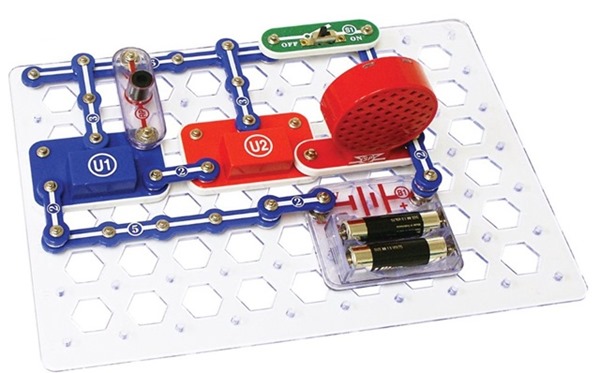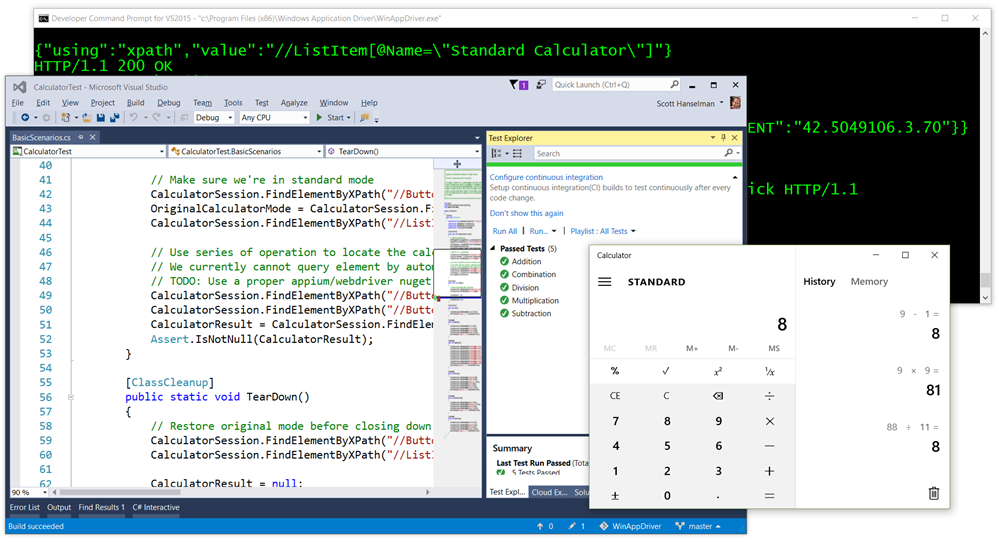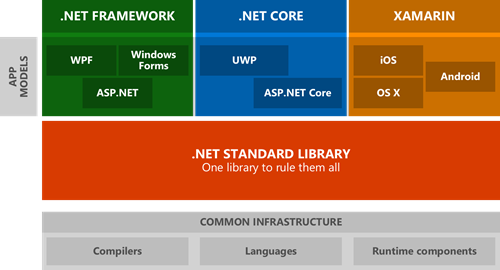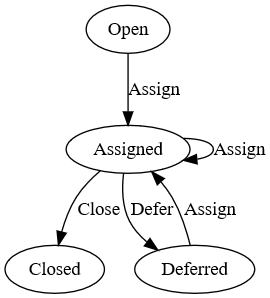The 2016 Christmas List of Best STEM Toys for your little nerds and nerdettes
Last year my 9 year old asked, "are we nerds yet?" Being a nerd doesn't have the negative stigma it once did. A nerd is a fan, and everyone should be enthusiastic about something. You might be a gardening nerd or a woodworking nerd. In this house, we are Maker Nerds. We've been doing some 3D Printing lately, and are trying to expand into all kinds of makings.
NOTE: We're gearing up for another year of March Is For Makers coming soon in March of 2017. Now is a great time for you to catch up on the last two year's amazing content with made in conjunction with http://codenewbie.org!
Here's a Christmas List of things that I've either personally purchased, tried for a time, or borrowed from a friend. These are great toys and products for kids of all genders and people of all ages.
Sphero Star Wars BB-8 App Controlled Robot
Sphero was a toy the kids got for Christmas last year that they are still playing with. Of course, there's the Original Sphero that's just a white ball with zero personality. I remember when it came out and I was like, "meh, ok." But then Star Wars happened and I tell ya, you add a little head on the thing and give it some personality and it's a whole new toy.
The Sphero team continues to update the firmware and software inside BB-8 even now and recently added a new "Sphero Force Band" so you can control Sphero with gestures.
However, the best part is that Sphero supports a new system called "The SPRK Lightning Lab" (available for Android, iOS, or other devices) that lets kids program BB-8 directly! It's basically Scratch for BB-8. You can even use a C-style language called OVAL when you outgrow their Scratchy system.
Meccano Micronoids
I grew up in a world of Lincoln Logs and Erector Sets. We were always building something with metal and screws. Well, sets like this still exist with actual screws and metal...they just include more plastic than before. Any of these Meccano sets are super fun for little builders. They are in some ways cooler than LEGO for my kids because of the shear size of them. The Meccano Meccanoid 2.0 is HUGE at almost two feet tall. It's got 6 motors and there's three ways to program it. There's a large variety of Meccano robot and building kids from $20 on up, so they fit most budgets.
Arduino UNO Project Super Starter Kit from Elegoo
Arduino Kits are a little touch and go. They usually say things like "1000 pieces!"...but they count all the resistors and screws as a single part. Ignore that and try to look at the underlying pieces and the possibilities. Things move quickly and you'll sometimes need to debug Arudino Programs or search for updates but the fundamentals are great for kids 8-13.
I particularly like this Elegoo Arduino UNO Starter Kit as it includes everything you'll need and more to start playing immediately. If you can swing a little more money you can add on touchscreens, speakers, and even a little robot car kit, although the difficulty ratchets up.
Snap Circuits
I recommended these before on twitter, and truly, I can't sing about them enough. I love Snap Circuits and have blogged about them before on my blog. We quickly outgrew the 30 parts in the Snap Circuits Jr. Even though it has 100 projects, I recommend you get the Snap Circuits SC-300 that has 60 parts and 300 projects, or do what we did and just get the Snap Circuits Extreme SC-750 that has 80+ parts and 750 projects. I like this one because it includes a computer interface (via your microphone jack, so any old computer will work!) as well as a Solar Panel.
In 2016 Snap Circuits added a new "3D" kit that lets you build not just on a flat surface but expands building up walls! If you already have a SnapCircuits kit, remember that they all work together so you can pick this one up as well and combine them!
Secret Messages Kit
It's a fact - little kids LOVE secret messages. My kids are always doing secret notes with lemon juice as invisible ink. This kit brings a ton of "hidden writing systems" together in one inexpensive package. Ciphers, Braille, Code Breaking, and more are all combined into a narrative of secret spy missions.
What educational toys do YOU recommend this holiday season?
FYI: These Amazon links are referral links. When you use them I get a tiny percentage. It adds up to taco money for me and the kids! I appreciate you - and you appreciate me- when you use these links to buy stuff.
Sponsor: Help your team write better, shareable SQL faster! Discover how your whole team can write better, shareable SQL faster with a free trial of SQL Prompt. Write, refactor and share SQL effortlessly, try it now.
About Scott
Scott Hanselman is a former professor, former Chief Architect in finance, now speaker, consultant, father, diabetic, and Microsoft employee. He is a failed stand-up comic, a cornrower, and a book author.
About Newsletter













